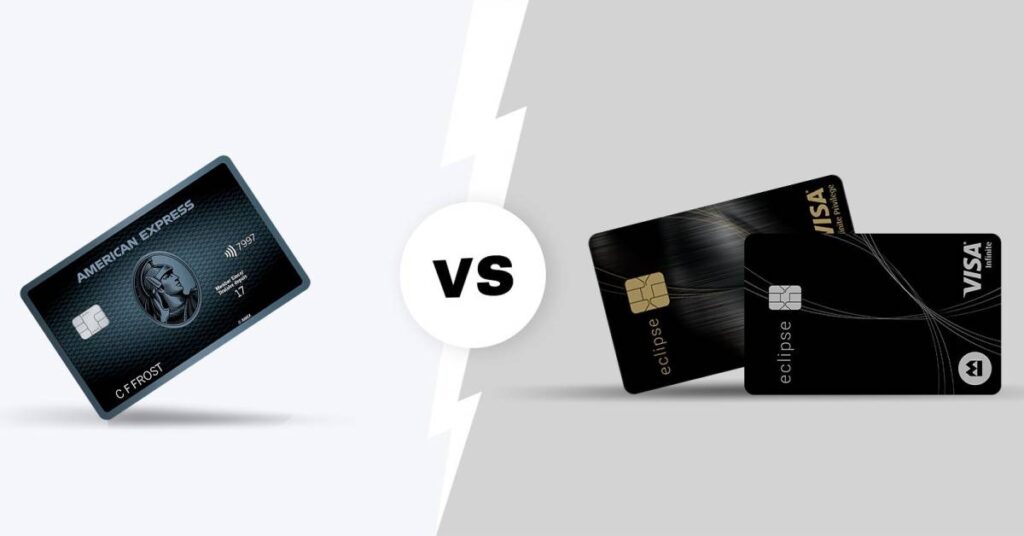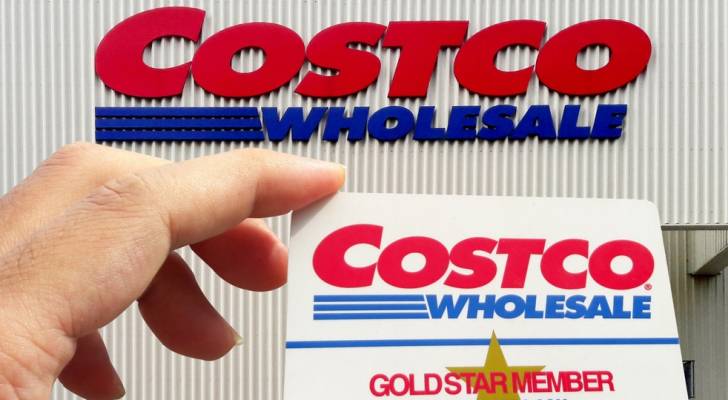A potential $93.8 billion hit over a five-year period: New study shows how Trump’s tariffs could impact provincial economies — but there are opportunities elsewhere

The ever-increasing threat of tariffs from our southern neighbour seems to be the only thing on people’s minds these days. While their implementation has been more on-again, off-again, in the first few months of 2025, their full impact would be financially burdensome for Canadian businesses across all sectors. A new analysis from the Public Policy […]
American Express Cobalt card vs BMO eclipse Visa Infinite: Which is better for your needs?

BMO and American Express carry two of Canada’s best rewards credit cards. BMO recently reinvigorated Canada’s rewards credit card landscape when it launched a new point-earning powerhouse, the BMO eclipse Visa Infinite Card (terms and conditions apply). With this exciting new addition, we figured it was time for it to faceoff with American Express’s popular […]
Canadians cut US travel by 40% as tariffs spark boycott movement

Last month, the number of Canadian vacationers in the United States experienced a significant decline, with bookings dropping by 40% compared to the previous year, according to Flight Centre Canada. This downturn is largely attributed to US President Donald Trump’s imposition of tariffs on Canadian goods and his contentious remarks about annexing Canada as the […]
15 of the most expensive dog breeds in Canada

My dog lives like a king. And he’s grown accustomed to this lavish lifestyle. From the time I purchased him from a breeder ($1,000), to expected and unexpected vet bills, grooming costs and an extensive (and impressive) wardrobe, let’s just say that I’m glad that I started budgeting for him well before he came into […]
Many Canadian gig workers not aware of tax rules

Although nearly a quarter of Canadians have been a part of the gig economy, 66% of gig workers were not aware of new rules requiring platforms to report users’ income to the Canadian Revenue Agency (CRA). This is according to the latest survey from H&R Block. "In light of the new federal legislation, the [CRA] […]
Canadian companies are turning away from US suppliers

In the heart of Toronto, Descendant Detroit Style Pizza, a popular pizzeria, made headlines after announcing its decision to stop using American-made ingredients, a move driven by increasing concerns over the volatile US political climate and the trade war. "I’m just looking at ways I can make a statement about how I feel about what’s […]
Is a Costco membership really worth it?

In Canada alone, Costco serves more than 10 million members across 100 warehouses. Canadians love Costco — in fact, Canada has nearly double the stores per capita than in the U.S., and Canadian stores are more profitable from an overall operating income standpoint. Many regular Canadian Costco shoppers are also quite devoted to the store, […]
Hit the road Jack: Why removing Jack Daniel’s from store shelves is “worse than a tariff”

In the escalating trade tensions between the United States and Canada, the power of Canada to respond with ‘elbows up’ is proving to have impact, epecially when it comes American alcohol producers. Of all of the liquors we get up here from south of the border, few are as iconic as Jack Daniel’s Whiskey. Jack […]
NB man fined more than $4K for an accident that happened 60 years ago

An 86-year-old New Brunswick man is facing a hefty fine for an accident he has no memory of — an incident that took place 65 years ago in Toronto. Ossie Gildart was shocked to learn that his driver’s licence had been suspended due to an uninsured accident from 1960, after a recent fender-bender led him […]
Canadians not looking ahead in 2025 with rose-coloured glasses

Many Canadians are looking at their financial well-being in 2025 with at least some level of concern. A new H&R Block survey reveals 64% of Canadians are concerned that 2025 is going to be a challenging year for them financially. "Many Canadians are feeling the pinch of higher costs-of-living and are looking to manage spending […]